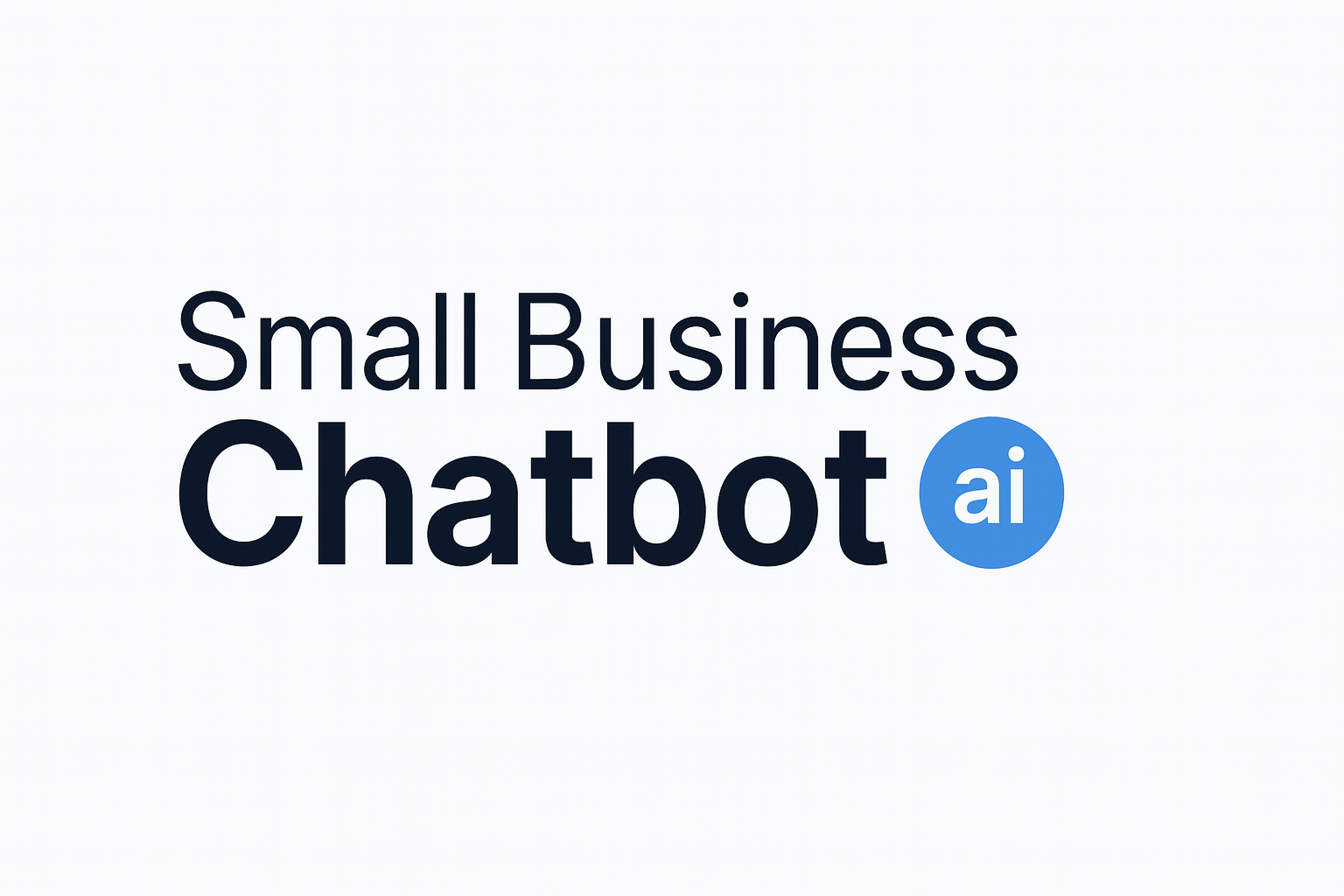For small business owners and operators who need faster replies when lunch‑hour or after‑work spikes hit.
Why delays spike at peak hours
Peaks often happen when your customers are free to message you: late morning, lunchtime, and after work. Real‑world traffic patterns commonly show multiple demand spikes through the day, meaning a short burst of extra chats can overwhelm a single server, a shared database, or your AI provider’s rate limits. (blog.cloudflare.com)
Typical root causes
- Too many concurrent chats for the server (CPU/threads) or database connections.
- Provider rate limits or model queueing during global surges.
- Heavy prompts and long conversation history increasing tokens and compute time.
- Slow third‑party integrations (calendar, CRM) blocking replies.
- Human handoff waiting in the same thread without timeouts.
What to aim for
- Time‑to‑first‑response (TTFR) under ~2 seconds (use streaming to show progress).
- Full answer under 10 seconds for most routine requests; show ETA if longer.
- Predictable handoff to a human with clear wait‑time messaging.
Tip: When demand spikes, stabilize perceived speed first (acknowledge, stream, show ETA), then optimize real speed next.
Research highlight
- 63% of consumers switch after one bad experience — so slow chat during rush periods can cost real revenue (Zendesk, 2025) [1]. (zendesk.com)
- Timing drives loyalty: 71% of consumers abandon irrelevant experiences; real‑time, relevant responses win (Twilio, 2025) [2]. (investors.twilio.com)
- Expect multiple daily peaks: Cloudflare Radar shows request traffic often peaks mid‑morning, mid‑afternoon, and late evening (country example) — plan capacity accordingly (Cloudflare, 2024) [3]. (blog.cloudflare.com)
Quick wins you can ship today
- Turn on response streaming so customers see words appear immediately. If the full answer needs time, stream a short summary first and follow with detail.
- Send an instant acknowledgement (“Got it — give me ~10 seconds”) and display a live ETA. This keeps users engaged during temporary queueing.
- Trim the prompt and chat history. Remove boilerplate, shorten instructions, and cap memory to only what’s needed for the current task.
- Pre‑route by intent (menu chips or quick replies) to cut ambiguity and token usage.
- Defer slow lookups. Return a quick answer now; fetch records (e.g., past orders) after sending the first message.
- Set timeouts and fallbacks. If a call to an external system exceeds 3–5 seconds, provide a helpful interim answer and keep working in the background.
Using a platform that’s built for spikes can help. Small Business Chatbot supports fast handoffs, smart routing, and performance monitoring designed for busy periods.
Engineering fixes for scale
1) Smooth bursty traffic with a queue
Place an asynchronous queue between chat intake and downstream work (LLM calls, CRM writes). This queue‑based load leveling pattern absorbs spikes, keeps the UI responsive, and lets workers pull jobs at a steady rate. (learn.microsoft.com)
- Use a durable queue (visibility timeout, dead‑letter queue).
- Prioritize high‑intent messages (sales/billing) with separate high‑priority lanes.
- Autoscale workers on queue depth and age (p95 time‑in‑queue).
2) Autoscale before the rush
For predictable peaks (e.g., 11:30 a.m.–1:30 p.m., 5–9 p.m.), schedule or use predictive autoscaling so capacity is warm before load arrives. (docs.aws.amazon.com)
3) Fail fast, then retry with backoff
Use timeouts, circuit breakers, and exponential backoff with jitter to avoid retry storms when dependencies are slow. This is a core reliability best practice in the AWS Well‑Architected guidance. (docs.aws.amazon.com)
4) Keep the UI snappy
- Stream tokens to reduce time‑to‑first‑response and show typing indicators.
- Show progress for anything approaching 10 seconds; long operations should provide clear status and let customers continue elsewhere.
5) Optimize integrations
- Batch or cache repetitive lookups (e.g., service area, price list).
- Use connection pooling for databases and rate‑limit external APIs.
- Move non‑urgent tasks (analytics, email follow‑ups) off the critical path into a background worker.
Need a flexible stack that plays well with your tools? Check out our integrations for calendars, CRMs, and scheduling apps.
LLM‑specific tuning that cuts latency and cost
- Right‑size the model: use a fast, smaller model to classify intent and gather structured fields; escalate complex cases to a larger model only when needed.
- Cap tokens thoughtfully: set max output near expected length; trim system prompts; summarize older turns.
- Stream results to reduce perceived latency and keep users engaged.
- RAG cache: pre‑embed your top FAQs and service policies; cache high‑hit answers by intent.
- Handle provider limits: use backoff with jitter, reduce burst size, and respect quantized limits (per‑second as well as per‑minute) per OpenAI guidelines. (help.openai.com)
Capacity planning for busy windows
Use a weekly review to forecast concurrency and set thresholds:
- Arrival rate (messages/minute) and service rate (answers/minute/worker or model).
- Concurrency ceiling: the highest simultaneous chats you can serve with TTFR < 2s.
- Queue depth & age: alert if age > 5s or depth exceeds your 1‑minute processing capacity.
- Pre‑warming: scale up 10–15 minutes before your expected spike times. Cloudflare’s observed daily request peaks illustrate why pre‑warming matters. (blog.cloudflare.com)
Measure, monitor, and improve
Operational KPIs
- TTFR (p50/p95), full‑answer time (p95).
- Queue depth and time‑in‑queue.
- LLM errors, timeouts, rate‑limit retries.
- Integration latencies (CRM, calendar, payments).
Customer KPIs
- First‑response time and time‑to‑close during peak hours.
- Drop/abandon before resolution; deflection to self‑service.
- CSAT after peak vs. off‑peak.
30‑minute peak‑hour triage playbook
- Stabilize UX: enable streaming, send an immediate acknowledgement with ETA, and show typing indicators.
- Throttle wisely: cap concurrency and add backoff with jitter on provider calls to avoid retry storms. (docs.aws.amazon.com)
- Drain the queue: temporarily scale worker count based on queue age; prioritize sales/billing lanes.
- Shorten prompts: remove extra examples; cap conversation memory; switch to fast model for triage.
- Defer slow tasks: move CRM writes and emails off the synchronous path.
Frequently asked questions for reducing chatbot response delays
- What is a good response time target during peak hours?
- Aim for sub‑2s time‑to‑first‑response via streaming, and under ~10s for a typical complete answer. If a task will exceed that, show progress and an ETA, and continue in the background.
- Do I need a bigger model to go faster?
- Not necessarily. Smaller, faster models can classify intent and gather fields quickly, while complex cases escalate to larger models. This hybrid approach reduces average latency and cost.
- How do I handle provider rate limits?
- Respect quantized per‑second limits, cap bursts, and implement exponential backoff with jitter. Also lower token counts and concurrency when you detect throttling. (help.openai.com)
- What if my delays are inside the handoff to a human?
- Split the thread: have the bot finish the immediate task (confirmation, summary) and open a new ticket or assign asynchronously. Display the agent’s expected reply window and capture a callback method.
- How can I predict my own peak hours?
- Review your chat logs by hour and correlate with order volume. Internet‑wide traffic often shows midday and evening peaks, so pre‑warm capacity 10–15 minutes ahead of those windows. (blog.cloudflare.com)
- What’s the simplest architecture change with the biggest impact?
- Introduce a message queue between chat intake and slow work. It smooths bursts, lets you prioritize urgent intents, and autoscale workers on queue depth. (learn.microsoft.com)
References
- [1] Zendesk. 2025 CX Trends: Human‑Centric AI Drives Loyalty (2025). zendesk.com. (zendesk.com)
- [2] Twilio. State of Customer Engagement Report (2025). twilio.com. (investors.twilio.com)
- [3] Cloudflare. Introducing HTTP request traffic insights on Cloudflare Radar (2024). blog.cloudflare.com. (blog.cloudflare.com)
- [4] Microsoft Learn. Queue‑Based Load Leveling pattern (accessed 2025). learn.microsoft.com. (learn.microsoft.com)
- [5] AWS Well‑Architected. Control and limit retry calls (exponential backoff with jitter) (updated 2023). aws.amazon.com. (docs.aws.amazon.com)
- [6] OpenAI Help Center. Best practices for managing API rate limits (accessed 2025). help.openai.com. (help.openai.com)



